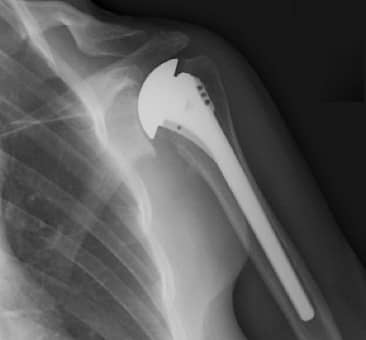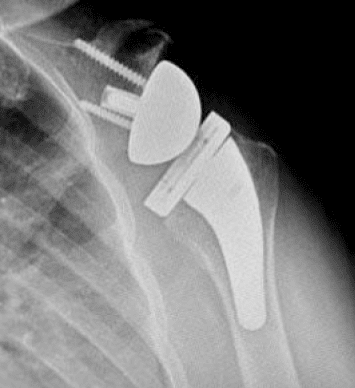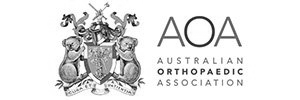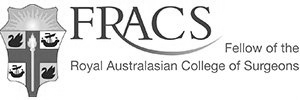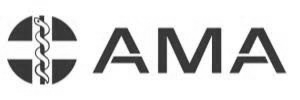Shoulder Joint Replacement
What is Shoulder Joint Replacement?
Shoulder Joint Replacements surgery are usually done to relieve pain and when all non-operative treatment to relieve pain have failed. It is a successful in relieving joint pain.
Shoulder Joint Replacement surgery removes the damaged parts of the shoulder where contact between the worn humeral head and shoulder blade socket cause pain.
The surgery involves the removal of the damaged components and their replacement with new artificial bearings components.and surfaces to relieve pain.
Types of Shoulder Replacement Surgery
In shoulder replacement surgery artificial components called prostheses can be used for:
- Head of the humerus bone (ball),
- Socket (glenoid) or both
Total Shoulder Replacement
The conventional approach is Total Shoulder Joint Replacement surgery . This involves replacing the arthritic joint surfaces with a highly polished metal ball attached to a stem, and a plastic socket.
Candidates for conventional total shoulder replacement are patients with bone-on-bone osteoarthritis and intact rotator cuff tendons.
Reverse Total Shoulder Replacement
Where a conventional Total Shoulder Replacement can still leave pain and limited mobility. In Reverse Total Shoulder Replacement, the socket and metal ball are switched. That means a metal ball is attached to the shoulder bone and a plastic socket is attached to the upper arm bone. This allows the patient to use the deltoid muscle instead of the torn rotator cuff to lift the arm.
Candidates for Reverse Total Shoulder Replacement are patients suffering a
- Completely torn rotator cuff,
- Severe Arthritis with rotator cuff tearing or
- Failed Shoulder Joint Replacement
Dr Kalhor offers muscle sparing reverse shoulder replacement which help you to have enhanced early recovery.
Shoulder Conditions Requiring Joint Replacement
Shoulder replacement surgery is designed to treat
- Severe shoulder fractures.
- Different Forms of Arthritis
- Rotator Cuff Tear Arthropathy
- Avascular Necrosis (Osteonecrosis)
- Failed Previous Shoulder Replacement Surgery
Returning Home After Surgery
When you go home you need to take special precautions around the house to make sure it is safe. Your post operative plans should include:
- Sleeping - modify your sleeping arrangements (especially if you are sleeping upstairs) for easy access
- Access - ensure you have easy access to food, water, medications and any other essentials
- Showering - Dr Kalhor's team reinforce your dressing with waterproof cover the day after surgery which allows to have normal shower without sling
Assess your home situation to ensure you have adequate home support in the first few weeks following surgery. If you live alone it may be necessary to arrange a package of community care to help during the first few weeks at home.


